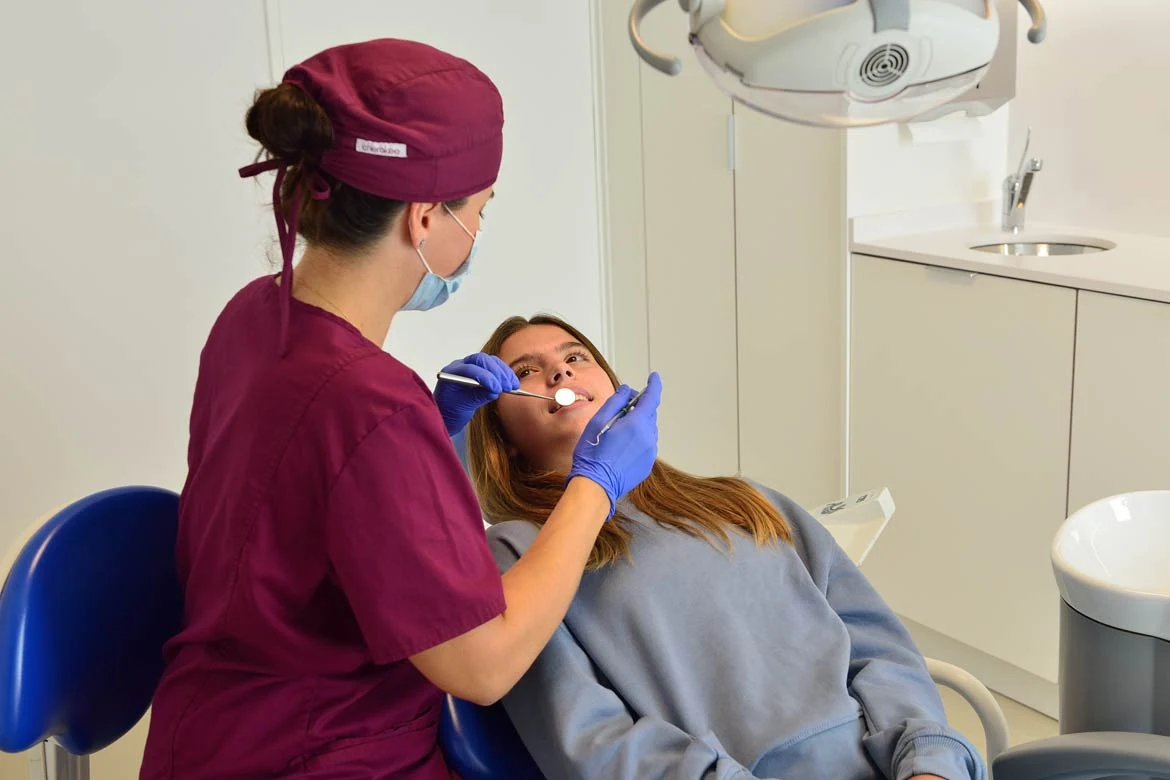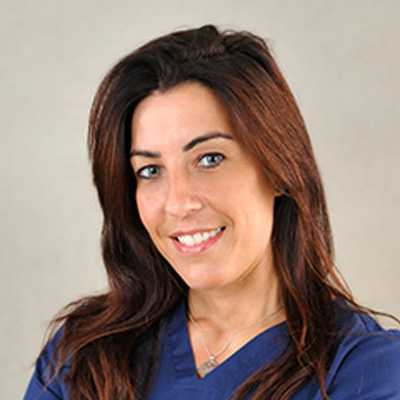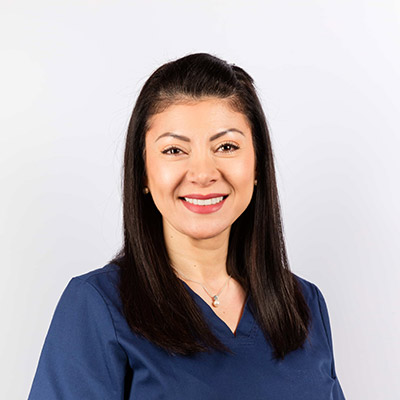Childhood and juvenile periodontics in Palma
Preventing childhood gingivitis and periodontitis is key to healthy mouth growth.
Gum care for children and adolescents
Although gingivitis and periodontitis are a priori associated with adults, the youngest members of the family can also suffer from these pathologies. Whether due to hereditary or external factors, the gums of children and adolescents can also suffer from gingivitis and periodontitis.
children and adolescents can be affected by these periodontal diseases, so it is important to know how to prevent them and act in time to treat them so that they do not seriously affect oral integrity.
Do you need periodontal treatment?
Ask us for an appointment with free check-up and diagnosis
Whether you want to start treatment or request information, you are in the right place. Leave us your details and we will contact you within three hours.

Why does childhood gingivitis and periodontitis occur?
The main cause of gingivitis and periodontitis in children and adolescents is the accumulation of bacteria (biofilm) and food debris in the gums. In fact, gingivitis caused by the accumulation of bacterial plaque is the most common periodontal disease at this age. On many occasions, the oral hygiene of the youngest children is insufficient to eliminate it.
On the other hand, periodontitis (the aggravation of the infection caused by bacteria) can also appear in the youngest children and develop into its most aggressive form, which can lead to the loss of bone and periodontal ligament. Hence the importance of prevention and good oral care to avoid this type of disease.
How do you know if your child has periodontal disease?
Generally, the onset of periodontal disease is accompanied by obvious signs. Children are not usually aware of these changes, so it is very important that parents pay attention and monitor their children to ensure that they maintain good oral hygiene and that symptoms such as the following can be detected
- Changes in the colour of the gums: the usual colour is pink, but when they start to redden or even turn purple it is an indication that there is a problem.
- Changes in the shape of the gums: with gingivitis the gums may become inflamed, swollen, i.e. larger than normal.
- Bleeding: this usually occurs during toothbrushing, although in advanced stages it can even occur during eating or by light brushing.
- Bad taste in the mouth or bad breath: if there is a periodontal problem, parents may detect a typical bad smell when interacting and talking with their children.
- Increased tooth sensitivity or gum pain: even when light pressure is applied to the teeth or soft tissue surface.
- Periodontal abscesses: when the infection is at an advanced stage, localised collections of pus may develop under the surface of the gums.
What does periodontal treatment look like?
Prevention through regular check-ups and professional oral cleanings supplementing good oral hygiene at home will always be the best treatment. However, should periodontal disease occur, early diagnosis is essential. Once the problem has been diagnosed, treatment will consist of eliminating the micro-organisms causing the infection depending on the severity.






